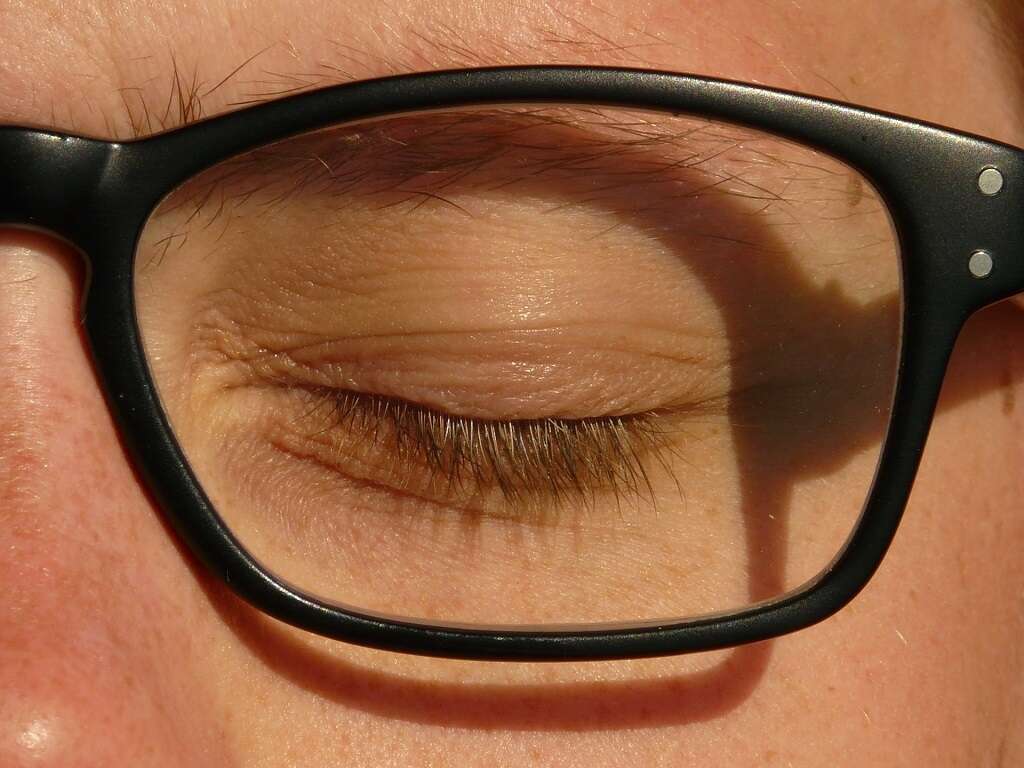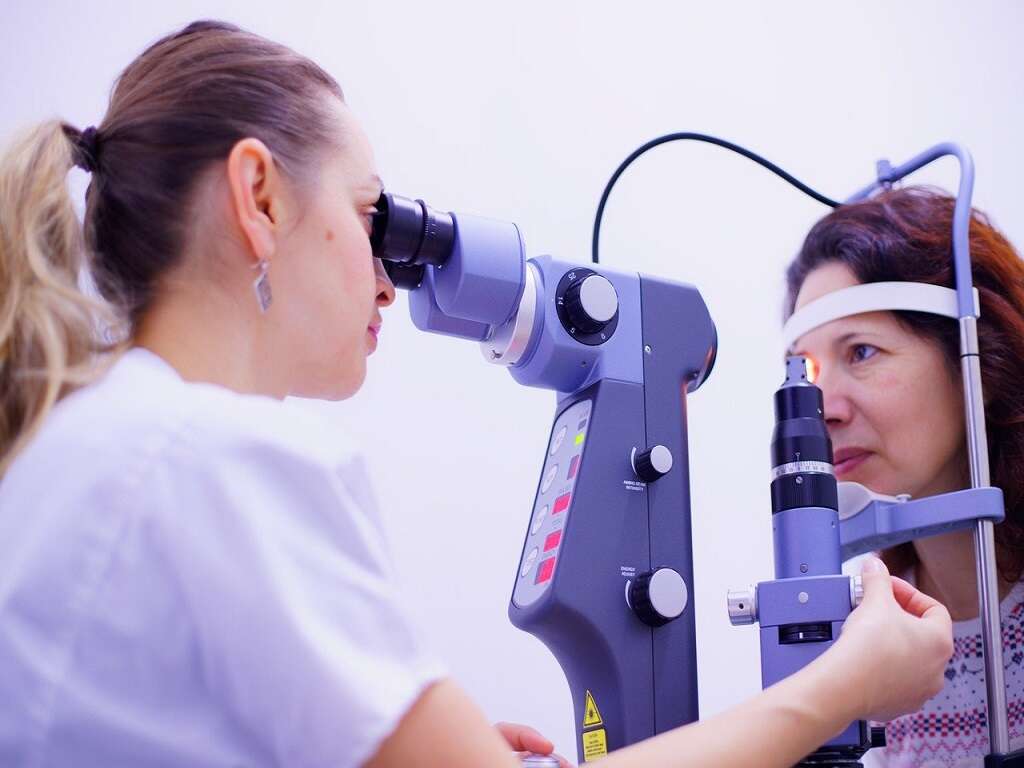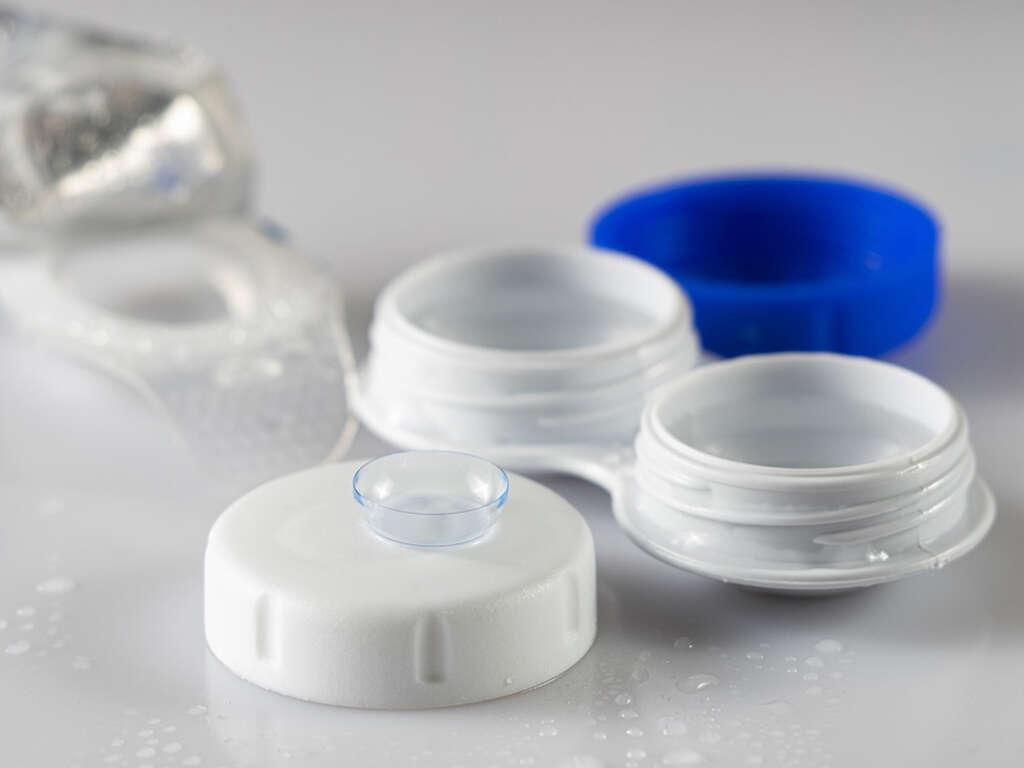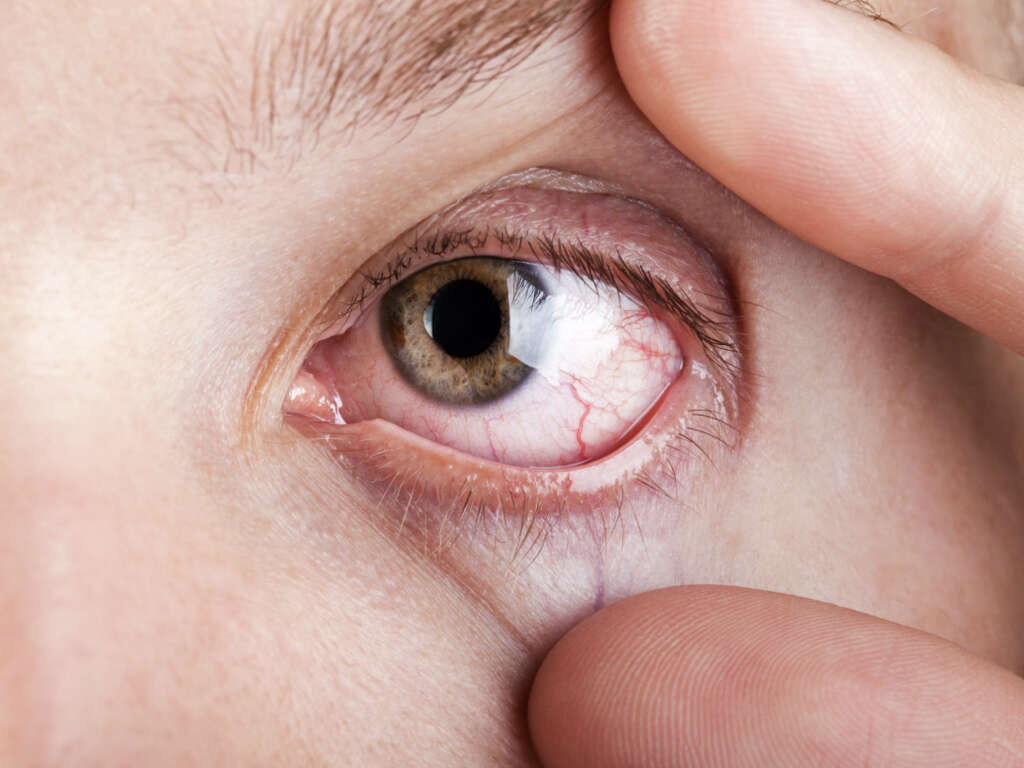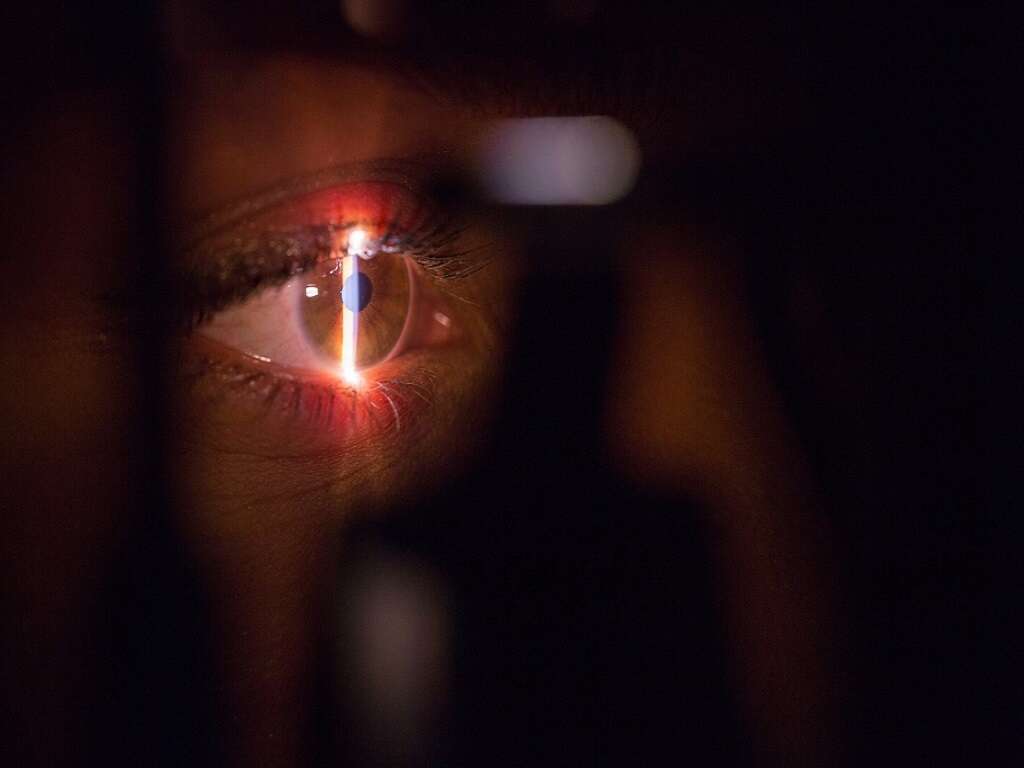Corneal Ulcer Symptoms
At the very front of the eye is a clear protective layer known as the cornea. This layer helps to keep the pupil, iris, and anterior chamber safe from potentially dangerous particles and pathogens. It needs to be able to let light pass through easily, so it needs to be completely transparent.
Given its location, the cornea can develop scratches and other injuries. It can also fall foul of certain medical conditions, one of which is a corneal ulcer. A corneal ulcer is something that can usually be treated, but it can lead to severe and permanent damage so treatment should be sought as quickly as possible.
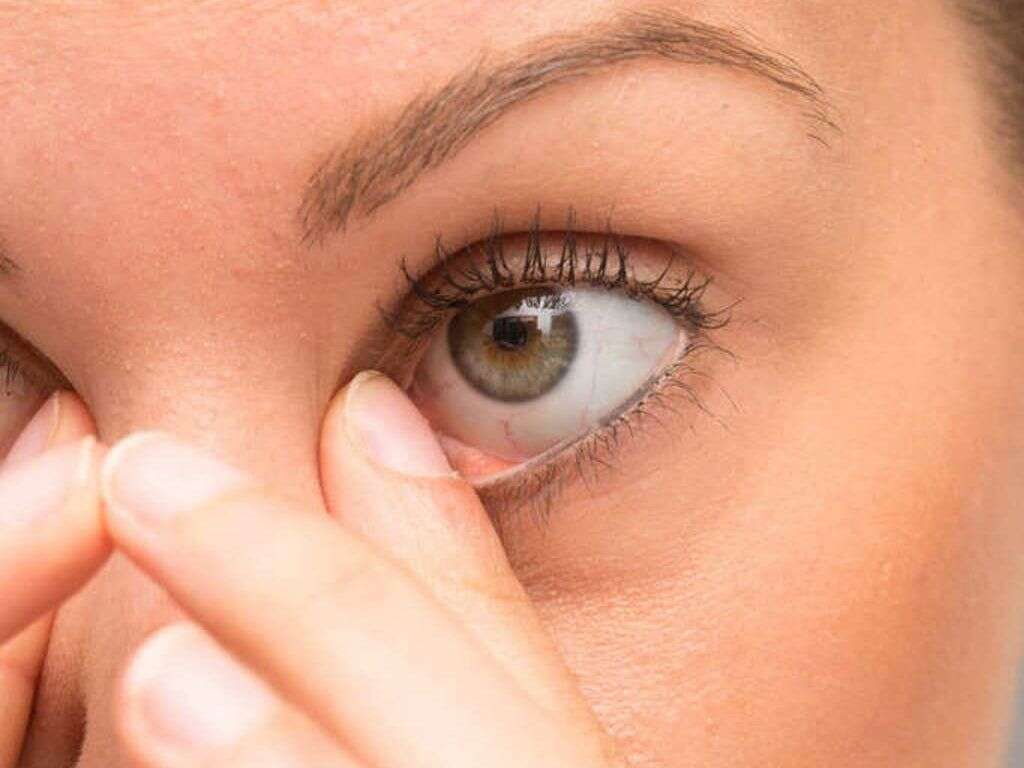
1. Watery Eyes
Our eyes are naturally wet. This is partly because they need to be lubricated to help our eyelids move smoothly over them so they can open and close easily. In addition, watery eyes help to protect them from particles, irritants, and anything else that cause the eyes harm. If you were to get a grain of sand in your eyes, for example, then the tear ducts would begin producing excess tears in order to help flush the particle out from the eyes. The eyes will usually become watery whenever there is something to irritate them, and this can mean a corneal ulcer.

2. Itchy Eyes
Our eyes can become very itchy when something is irritating them, and it can become quite uncomfortable. They can also be irresistible to rub, and this is often beneficial because it can stimulate tear production, and also help to work particles out of the eye.
You should try to avoid too much rubbing, however, because otherwise you might end up causing some damage to the eye. The eyes are also likely to get itchy when there is a corneal ulcer present and, again, it can be very difficult to avoid scratching. If this symptom does persist then you should consider speaking to an expert.

3. White Spot
A healthy cornea will be clear; it needs to be in order to let light through. If, for any reason, the cornea was to become less clear than it might begin to impede the patients vision. It can also be an indicator of a potentially serious underlying condition.
If you do notice a white spot in the cornea then you should get it checked out straightaway. You might notice it when you look in the mirror, and you might also notice that it affects your vision. It might turn out to be something relatively minor, but it is still a good idea to get it checked out in case.
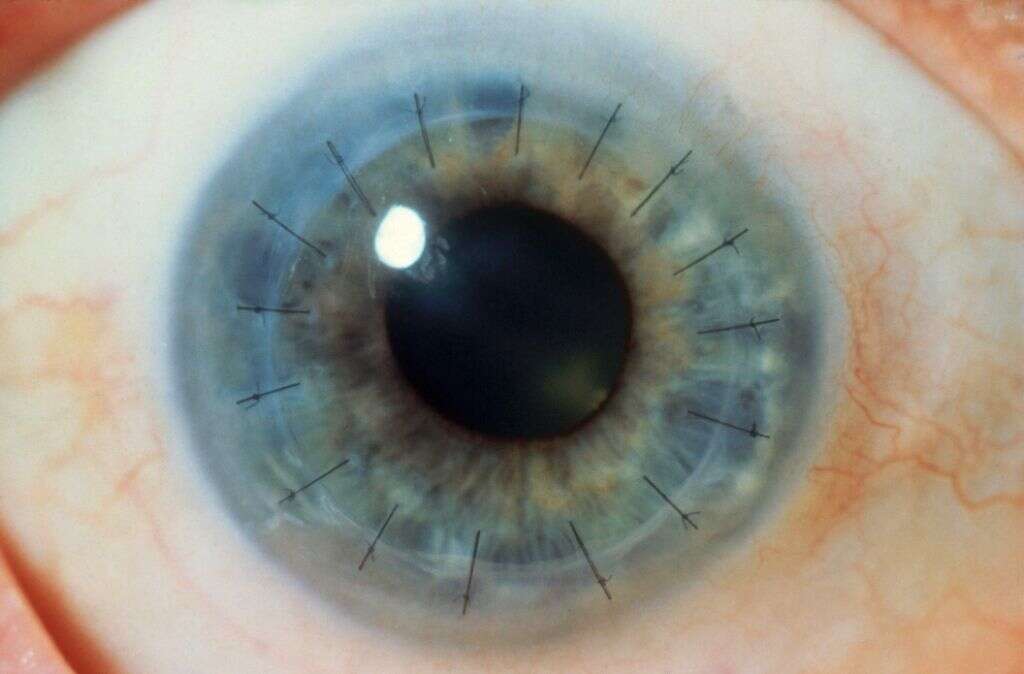
4. Inflammation
An ulcer on the cornea is probably going to be quite irritating to the affected area and the surrounding tissues. This is going to cause inflammation, and this is probably going to lead to some considerable discomfort for the patient. As such, those with a corneal ulcer can find that the affected eye feels quite sore.
When you have a sore eye, it can be very tempting to rub it, but this can make things worse for the patient. The ulcer and the rubbing can also cause the patients eyelids to become swollen. You should go and see a doctor if this symptom persists.
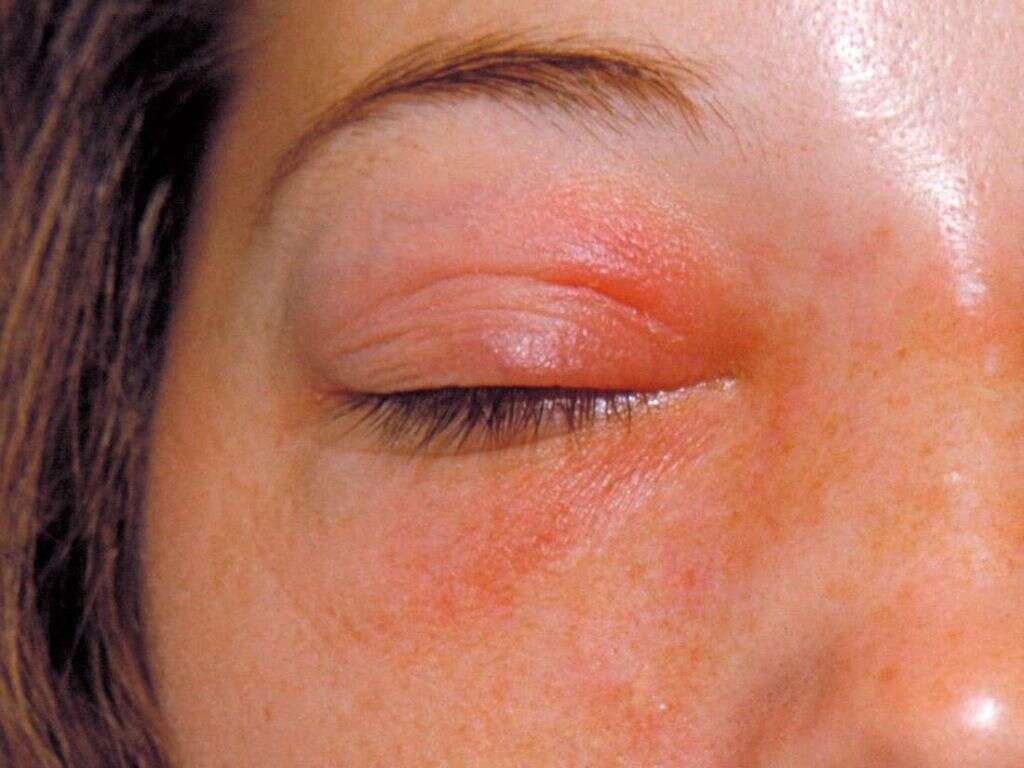
5. Red Eye
There are many things that can cause red eye (also known as pink eye); most of the time it is simply a matter of being tired. Other times, it can be due to an underlying medical condition that should be investigated. It happens because the tiny blood vessels in the whites of the eyes become dilated.
This means the blood becomes more visible, causing the whites of the eyes to take on a red/pink appearance. It can be the result of conditions like damage or infection, while it may also be caused by the presence of a corneal ulcer in some instances.
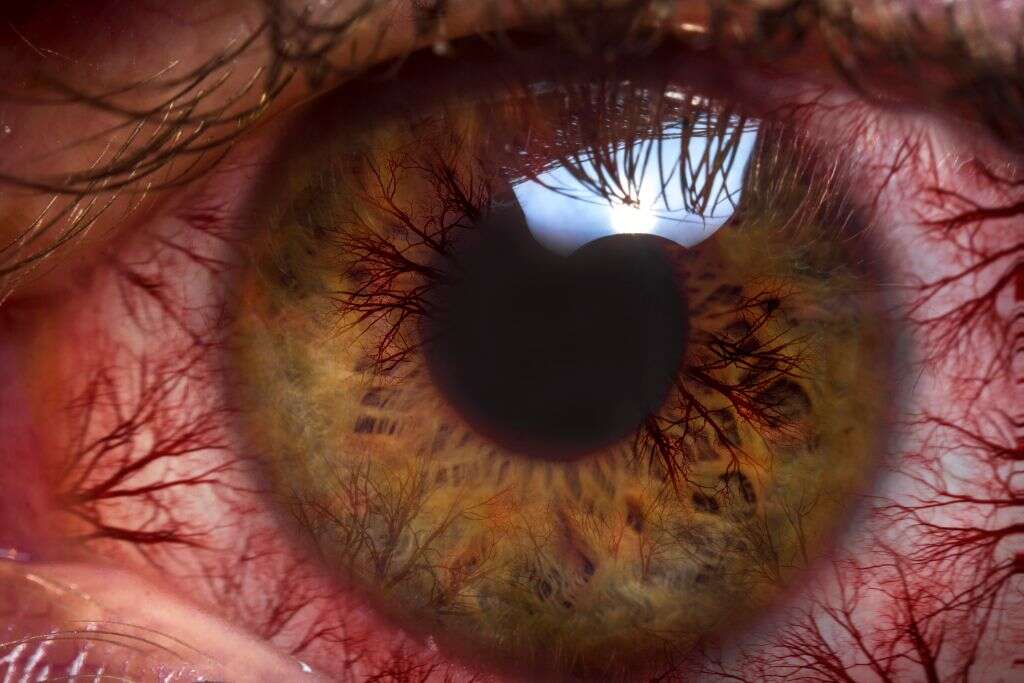
6. Stinging Sensation
If you find yourself in an area where there is a lot of smoke and/or fumes, you are likely to find that your eyes will become quite irritated. This irritation is likely to result in considerable discomfort, and there is a good chance that your eyes will begin to sting. Fortunately, this should soon begin to fade once you are away from the irritant.
If your eyes are stinging for no apparent reason then it is possible the cause is a corneal ulcer, and it is something that you should get checked by a professional. In addition to stinging, some patients will describe the feeling as a burning sensation.

7. Discharge
As mentioned, the eyes are naturally wet, but anything other than the liquid that lines the surface of the eye should probably not be there. If there is an unusual discharge, especially a pus-like discharge, then it means that you should probably go and see an expert to get to the bottom of the problem.
If you do have a pus-like discharge coming from the eye then it is a sign of a possible infection, and it could be a sign of a corneal ulcer. A professional will likely help to treat the discharge while also dealing with the root of the problem.

8. Foreign Body Sensation
Every now and then, we will be unfortunate enough to get something in our eye. These particles are usually very small, such as a grain of dirt or a loose eyelash, for example. The eye will usually react by producing a lot of tears, which will help to flush the item out.
Sometimes, these items seem to be harder to get out than others, and this can become quite uncomfortable. In other cases, you may not seem to be able to remove it at all, and this might suggest there’s a problem. It could be caused by a corneal ulcer, and treatment is necessary for the condition to clear up.

9. Light Sensitivity
When it is nighttime, our irises will open up to allow more light into the eye. This is especially noticeable in nighttime hunters like cats whose irises change dramatically in size in different light conditions. We still have to be careful about lights that are too bright and we have a certain sensitivity that helps us to protect our eyes from bright lights.
Some people will find that they become unusually sensitive to light and will need to stay in dimly lit rooms in order to be comfortable. If you do find it harder to be around bright lights than usual then you might have a corneal ulcer.

10. Blurred Vision
With two eyes each, our brains actually receive two different images. The processing of the brain, however, enables it to form a single image that allows us to clearly see what is ahead of us. Under certain conditions, however, the patient might begin to struggle to see clearly.
In instances of a corneal ulcer, the patient can find that the ulcer on the cornea impedes the path of light to the retina. This can cause their vision to become blurry, and it may need to be treated before the patients eyesight becomes too poor for them to be able to get around easily.




